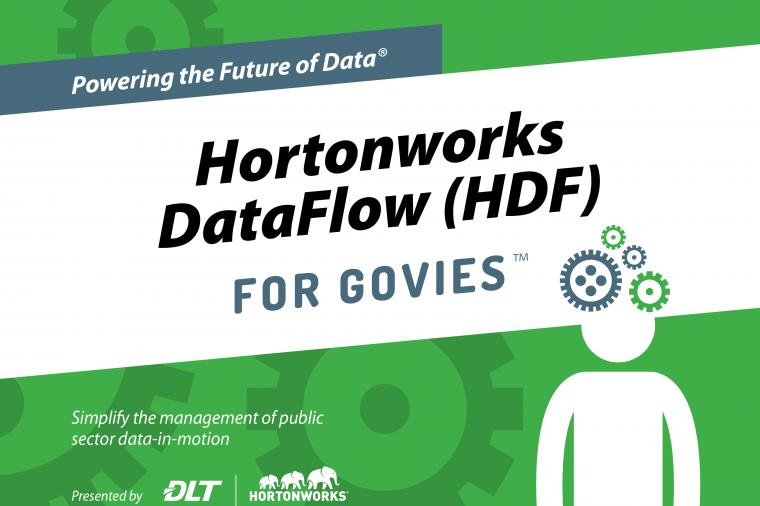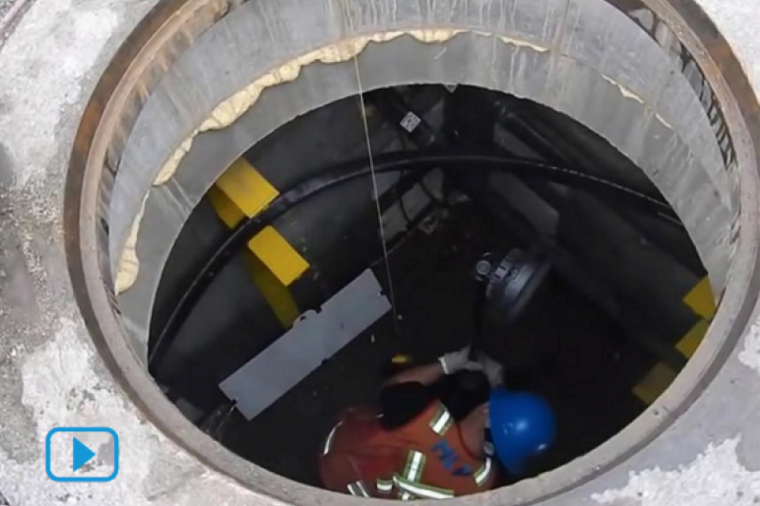The 4 Steps To Opening Your Agency's Data
Open government is not about releasing every bit and byte you’ve ever collected to the world. Without context and structure, that data will not be applied in ways that will most benefit you and your constituents. We have identified four steps to help your agency move along the data flow process.
But before taking a single step, you must have a reason for doing so. Why do you and your community need this data? What are you looking to solve? You need a general focus.
Have a purpose now? Let’s begin.
Collection
Once you’ve decided the topic of your open data project, your first step toward open government is to simply collect the data you’re after. This is either done by your agency or it can come from a variety of sources including nonprofits and businesses. Don’t limit yourself to only your agency’s reach.
Accessible
Now that you have data you need to turn it into information. That means finding a way to present it within context. Most agencies will load their data into a portal either procured from a company or developed themselves. However you decide to present the data, it needs to be readable to the general public. The most popular way of doing that is through simple graphs and tables.
Informed Decision
You’re now at the consumption layer. Here you’ve collected the data and made it accessible to the general public through a portal. Now you can begin using that analysis to come to data informed decisions. This is when you verify your original purpose and come away with tangible results.
Civic Action
Finally, you need to move toward helping constituents take action. It’s not enough to make the data available for the public. An open government must work with residents to ensure positive change happens based on the data.
Without action, releasing data is meaningless. Through action, agencies not only see positive change in their communities but they earn the trust of the people. It’s democratization through open data.
This article was written with help from Garrett Dunwoody, former Open Data Manager of San Mateo County.
For more information, please read the following articles:








































